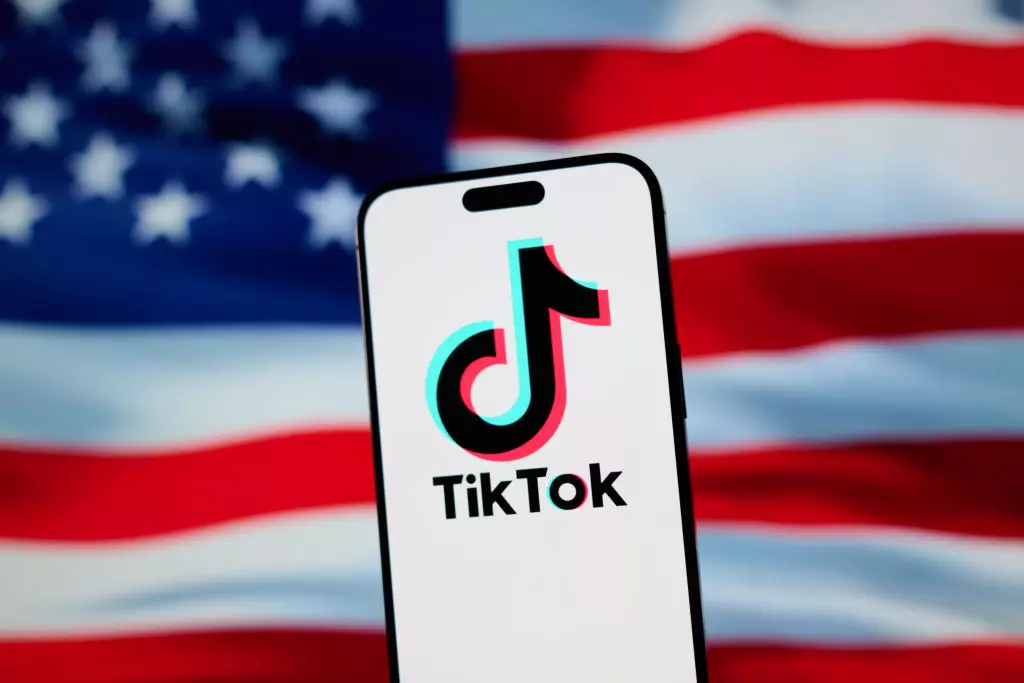The recent reinstatement of TikTok in the U.S. marks the end of a tumultuous period for both users and the app developers. Following a series of national security concerns, Apple and Google removed TikTok from their respective app stores on January 18. This action stemmed from ongoing debates surrounding data privacy and potential threats posed by foreign tech companies. The removal sent shockwaves through the social media landscape, raising questions about the future of digital communication in the U.S.
Even after TikTok began restoring services for existing users on January 19, the app remained inaccessible for new downloads. Users who had uninstalled the app found themselves in a frustrating position, unable to reinstall TikTok from App Store or Play Store. This significant limitation led TikTok to encourage its Android users to sideload the application directly from its website, a temporary workaround in the face of the app’s absence from official stores.
This situation highlighted the vulnerability of users who depend on third-party platforms for communication and creativity. The connective tissue that binds social media users was suddenly severed, underscoring the app’s role in daily life and its cultural significance during a challenging period.
The geopolitical implications surrounding TikTok were further complicated by President Donald Trump’s executive order, issued shortly after he took office. The order provided ByteDance, TikTok’s parent company, with a stringent 75-day timeline to divest its U.S. operations or risk an outright ban. Trump’s proposition for a joint venture, in which the U.S. would hold a 50% stake, added layers of complexity to an already convoluted situation. This required negotiation between national interests and corporate strategies.
The episode exacerbated concerns over tech sovereignty and economic control, as social networks and other stakeholders began seizing opportunities amidst the uncertainty. As rival platforms like X and Bluesky innovated with vertical video features, Meta launched a competing video editing application, increasing competition within the social media arena during TikTok’s temporary exile.
Despite these challenges, reports revealed a substantial recovery in TikTok’s traffic, surging almost 90% back to pre-ban levels, according to data from Cloudflare Radar. This resilience reinforces TikTok’s popularity and essential place in modern digital culture. With 52 million downloads making it the second most downloaded app in the U.S. last year, its appeal remains undiminished.
The road ahead for TikTok involves navigating political scrutiny and maintaining its user base while adapting to an increasingly competitive landscape. As social media continues to evolve, the story of TikTok embodies the challenges and complexities that platforms face in a world where data, control, and cultural dynamics intersect. The reinstatement of TikTok signals not just a victory for the platform, but also a critical moment for users who rely on it to connect, create, and share. The ongoing narrative surrounding the app will undoubtedly shape the future of social media, reinforcing the importance of balancing innovation with regulation.

